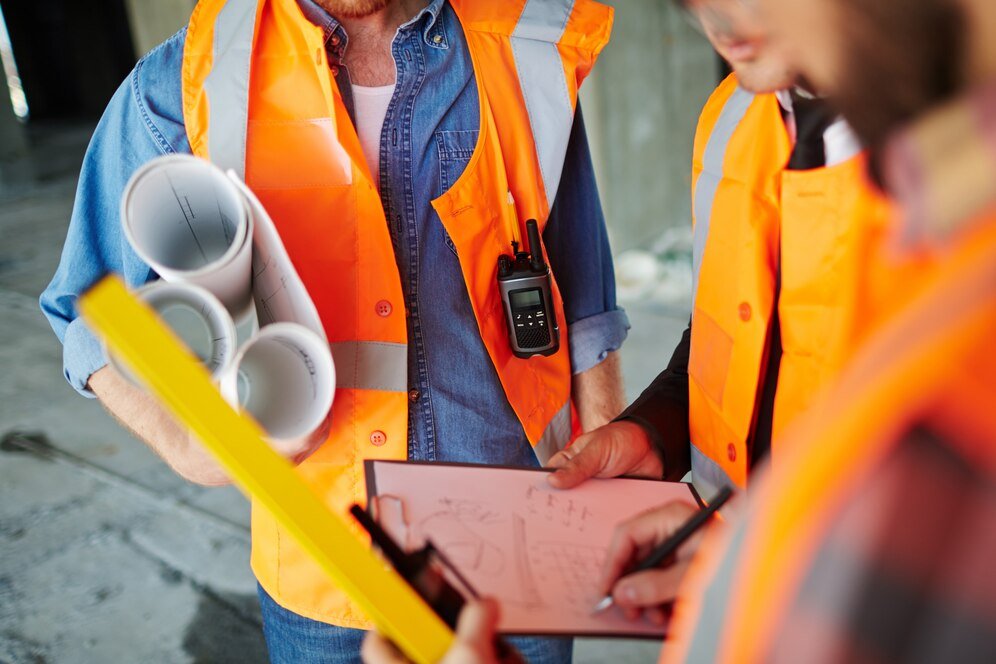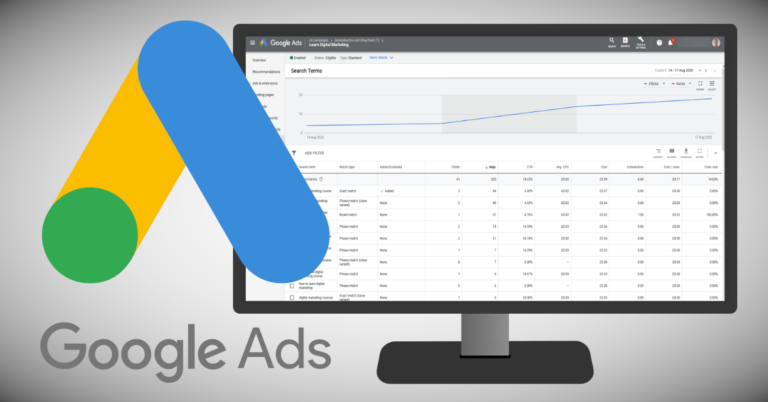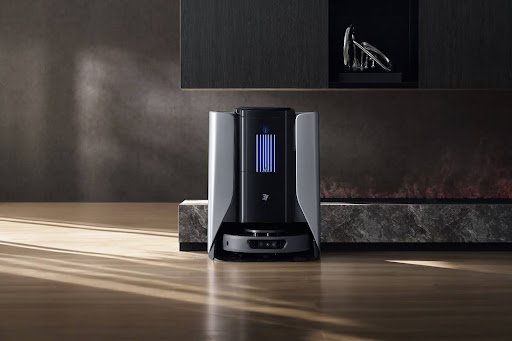Redefining Workplace Health: How Modern Noise Assessment and Audiometric Assessment are Shaping Australian Operations
Change is on the horizon in terms of safety and health regulations in Australia. Businesses no longer only rely on checking off a list of assessments, and instead, are beginning to use more active approaches that utilize modern noise measurement tools and dynamic audiometric evaluations. This strategy enhances hearing health protection while increasing operational efficacy across Australia.
Shifting From Routine Redundant Tasks
Workplace Noise assessment has typically been viewed as a one-off routine task that provides an overview of sound levels, and this has been the case for a large number of Australian workplaces. More and more companies are now adopting a model that incorporates proactive environmental monitoring to provide greater accuracy. Precise analytics along with advanced sensor technology allow businesses to capture the shifting patterns in workplace acoustics during the day. Managers no longer have to depend on infrequent measurements that may overlook noise exposure spikes. They now have access to continuous real-time insights.
This change is not only for compliance; it also aims to improve strategic planning at a workplace by redefining how noise is measured and managed. Contemporary systems interface perfectly with other elements of risk management for hazard identification and operational flexibility. For instance, continuous monitoring might identify processes that emit excessive noise during certain time periods, and proactively implement risk mitigation strategies that improve safety.
Transformative Change: Integration of Audiometric Assessments with Other Methods
The evolution of audiometric assessments is equally transformative. Advanced noise monitoring provides a good image of the state of the environment, but its real value is in combination with individualized hearing tests that are done regularly. Within industrial settings, particularly high-risk ones like manufacturing, mining, or construction, the incorporation of audiometric assessments is changing the way companies conserve hearing.
More companies now regard hearing tests not as an annual obligation, but as a continuous process. This has been made possible by the synchronization of advanced noise monitoring with real-time data collection. Occupational health practitioners can now link specific exposure levels to particular noise levels with active shifts in employee’s hearing performance. Enhanced hearing protection has made it possible to detect small changes in hearing thresholds, predicated on the assumption that deteriorative hearing threshold levels occur above the protective levels provided. These changes can result from the modification of parameters like machinery recalibration, shift schedule realignment, and the quality of protective equipment.This model works on the principle of hearing protection and personalizes user strategies using data on noise monitoring, therefore enhancing safety measures for workers. With that, there is improved organizational culture in health and safety promotion for work.
The Advances of Digital Technologies
Continuous audiometric testing and noise-making monitoring are getting possible thanks to new technologies. We’re seeing a spike in Australian businesses spending on technological solutions like cloud analytics, automated dashboards, and data-merge predictive modeling. These technologies integrate multidimensional data into their systems and so provide full and instant views of noise levels as well as hearing ability of staff.
This data gives more insight for strategic planning, such as taking actions to minimize the chances of an incident occurring. Uninterrupted access to data allows managers to foresee issues before they become real. Taking the for instance a situation of constant exceeding of set noise level by certain machinery, they can implement measures to solve the cause immediately. Availability of immediate data during decision-making results in increased workplace safety, operational efficiency, decreased injuries at work, and reduced downtimes.
Encouraging Ongoing Safety Development
The modern approach offers many advantages, but its impact on cultural transformation is perhaps the most beneficial. Today when data can be shared easily, Australian staff members are more involved in the self- safety management. Employees are now able to engage in safety conversations with the help of digital dashboards that monitor noise levels and audiometric tests remotely. Safety measures are no longer perceived as strict requirements, but rather as flexible frameworks that are open to refinement and advancement.
Regular feedback sessions and interactivity-based training empower employees to actively participate in the development of risk management plans. Such collective responsibility enhances individual participation while promoting a culture oriented towards continual development. Adaptive and agile response to new challenges enables enhanced organizational resilience while ensuring workforce safety.
Getting Ready for a Future with Agile Workplace Safety
As the Australian Industries are constantly changing, so should the methods to ensure workplace safety. The merging of more advanced noise monitoring with specialized audiometric evaluations signifies a proactive approach. It illustrates a change from risk management that is solely centered on compliance, to a strategic thinking approach that focuses on risks. Australian businesses that incorporate these advanced systems are investing in ergonomic and safety solutions that will keep their workplaces safe and competitively efficient now and in the future.






